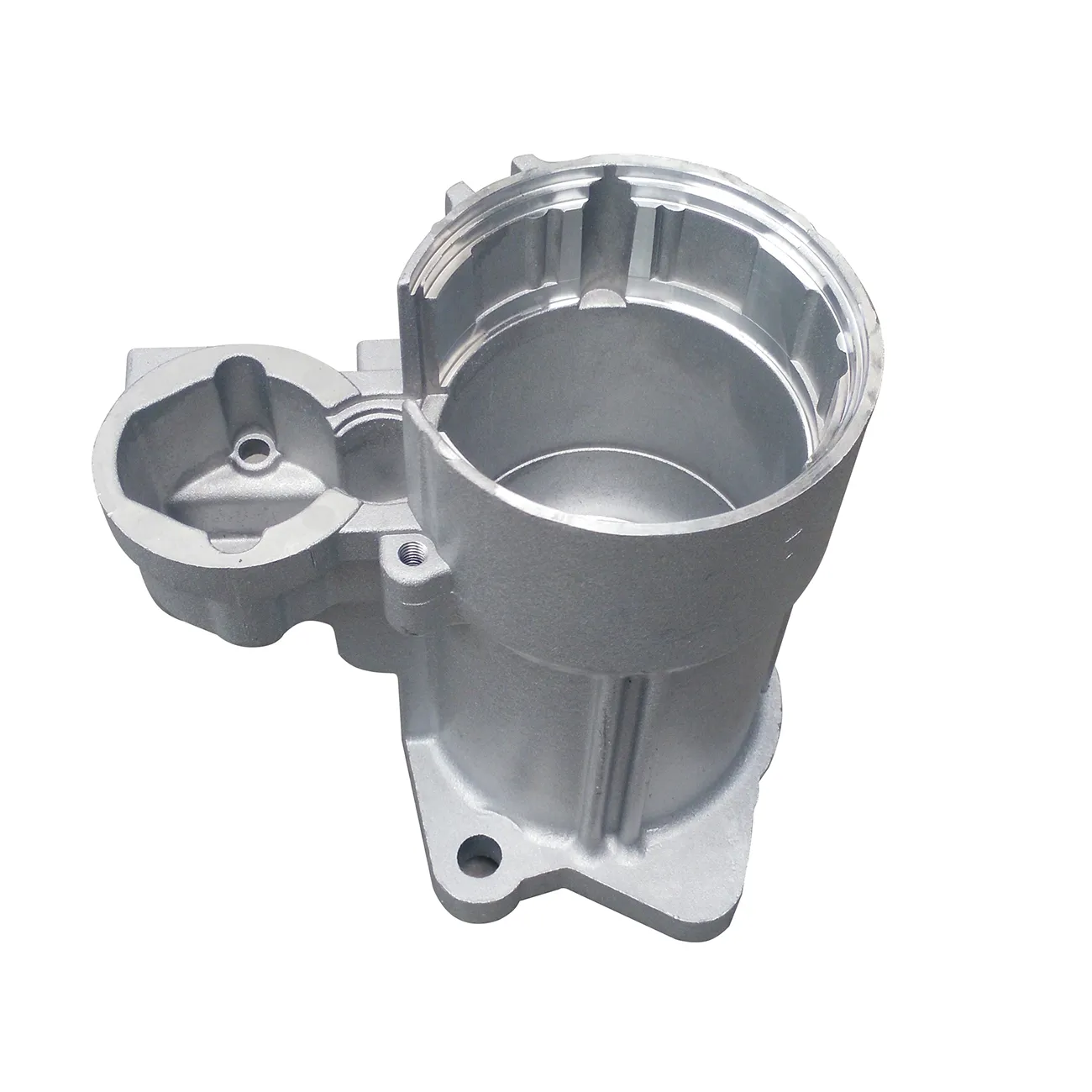Mobile:+86-311-808-126-83
Email:info@ydcastings.com
plumbing end cap
Understanding Plumbing End Caps A Comprehensive Guide
Plumbing is a critical aspect of any infrastructure, whether it’s a residential home, a commercial building, or an industrial facility. Among the many components that make up a plumbing system, end caps play a vital role, albeit often overlooked. In this article, we delve into the purpose, types, and installation of plumbing end caps, providing a comprehensive overview for both professionals and DIY enthusiasts.
What is an End Cap?
An end cap, as the name suggests, is a type of fitting used to seal the end of a pipe. It effectively ‘caps’ off the open end of a pipe, thus preventing any leakage of fluids or gases. End caps are essential in situations where a pipe is no longer in use or when it’s necessary to create a junction at the end of a line. They are most commonly used in various plumbing applications, including both water lines and drainage systems.
Purpose of Plumbing End Caps
The primary purpose of end caps is to provide a tight seal that prevents the loss of water or other substances through open pipe ends. This sealing is crucial in maintaining the efficiency of a plumbing system and ensuring that there are no unwanted leaks that can lead to property damage.
End caps also serve other functions, such as allowing for easy modifications to a plumbing system. If a pipe needs to be taken out of service, installing an end cap can quickly resolve the current needs without requiring significant alterations to the entire system. Moreover, when pressure testing a plumbing line, end caps can be used to seal off open ends, allowing for a thorough evaluation of the system’s integrity.
Types of Plumbing End Caps
Plumbing end caps come in various materials and sizes, depending on the type of pipe they are designed to fit. Here are the most common types
1. PVC End Caps These are commonly used in residential plumbing. PVC is lightweight, resistant to corrosion, and easy to work with. PVC end caps are ideal for drainage systems and outdoor plumbing applications.
2. Metal End Caps Made from materials such as brass, copper, or stainless steel, metal end caps are often used in high-pressure applications or where durability is paramount. They are suitable for water, gas, and other industrial applications.
3. CPVC End Caps Similar to PVC but stronger and able to handle higher temperatures, CPVC end caps are useful in hot water distribution systems.
plumbing end cap

4. ABS End Caps Often used in drainage and waste systems, ABS (Acrylonitrile Butadiene Styrene) is a tough thermoplastic material resistant to impact and abrasion.
Installation of Plumbing End Caps
Installing an end cap is a relatively straightforward process, but it’s crucial to follow proper guidelines to ensure a secure fit. Here’s a step-by-step guide for installing a PVC end cap, which can similarly apply to other types
1. Gather Your Tools You will need the right size end cap, PVC cement, and a pipe cutter or saw.
2. Prepare the Pipe Cut the pipe to the desired length, ensuring you have a clean, straight edge. Remove any burrs or rough edges that may interfere with the seal.
3. Dry Fit the End Cap Before applying cement, place the end cap over the pipe to ensure it fits snugly.
4. Apply PVC Cement Generously apply PVC cement around the inside of the end cap and the outside of the pipe.
5. Install the End Cap Quickly insert the end cap onto the pipe, giving it a twist to ensure an even distribution of cement.
6. Hold in Place Hold the end cap in position for about 30 seconds to allow the cement to set slightly.
7. Allow to Cure Follow the manufacturer’s instructions for curing time before turning on the water supply or testing for leaks.
Conclusion
Plumbing end caps may seem like simple components, but they are integral to the functionality and efficiency of plumbing systems. Understanding their purpose, types, and installation methods not only aids in effective plumbing practices but also ensures long-term reliability. Whether you’re a seasoned plumber or a homeowner tackling a DIY project, familiarity with end caps can lead to safer and more efficient plumbing solutions.
-
Why Should You Invest in Superior Pump Castings for Your Equipment?NewsJun.09,2025
-
Unlock Performance Potential with Stainless Impellers and Aluminum End CapsNewsJun.09,2025
-
Revolutionize Your Machinery with Superior Cast Iron and Aluminum ComponentsNewsJun.09,2025
-
Revolutionize Fluid Dynamics with Premium Pump ComponentsNewsJun.09,2025
-
Optimizing Industrial Systems with Essential Valve ComponentsNewsJun.09,2025
-
Elevate Grid Efficiency with High-Precision Power CastingsNewsJun.09,2025











